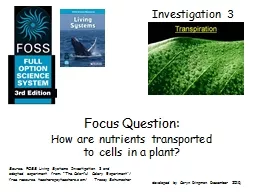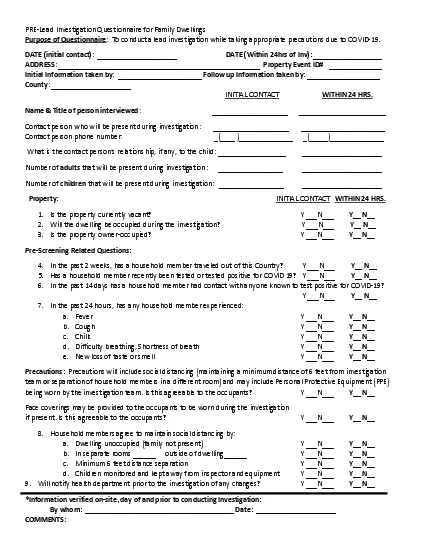PPT-The Investigation
Author : yoshiko-marsland | Published Date : 2017-10-15
Crime Scene The place or site where the crime took place Arriving at the Crime Scene When officers arrive at the crime scene they have three tasks to perform 1
Presentation Embed Code
Download Presentation
Download Presentation The PPT/PDF document "The Investigation" is the property of its rightful owner. Permission is granted to download and print the materials on this website for personal, non-commercial use only, and to display it on your personal computer provided you do not modify the materials and that you retain all copyright notices contained in the materials. By downloading content from our website, you accept the terms of this agreement.
The Investigation: Transcript
Download Rules Of Document
"The Investigation"The content belongs to its owner. You may download and print it for personal use, without modification, and keep all copyright notices. By downloading, you agree to these terms.
Related Documents














